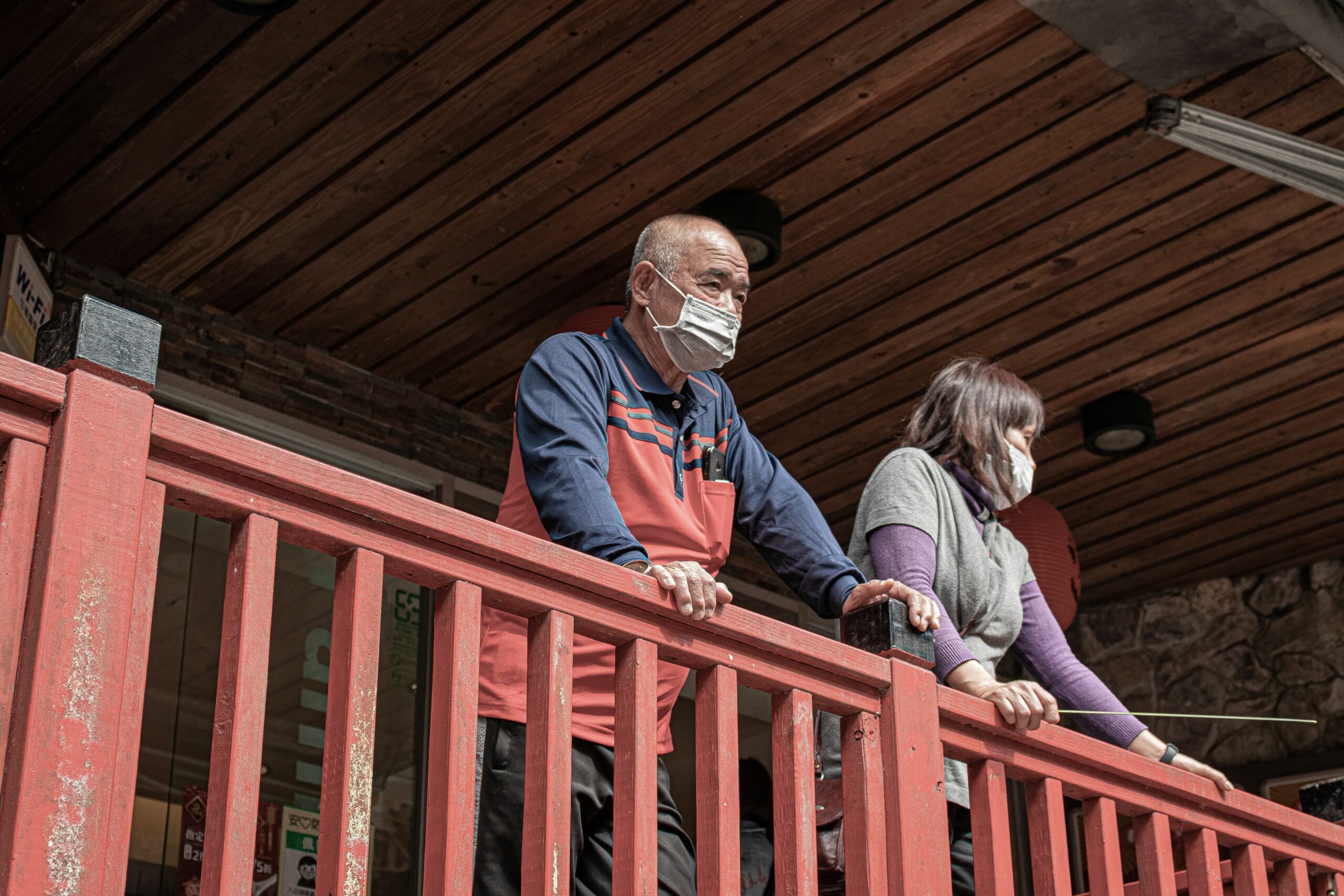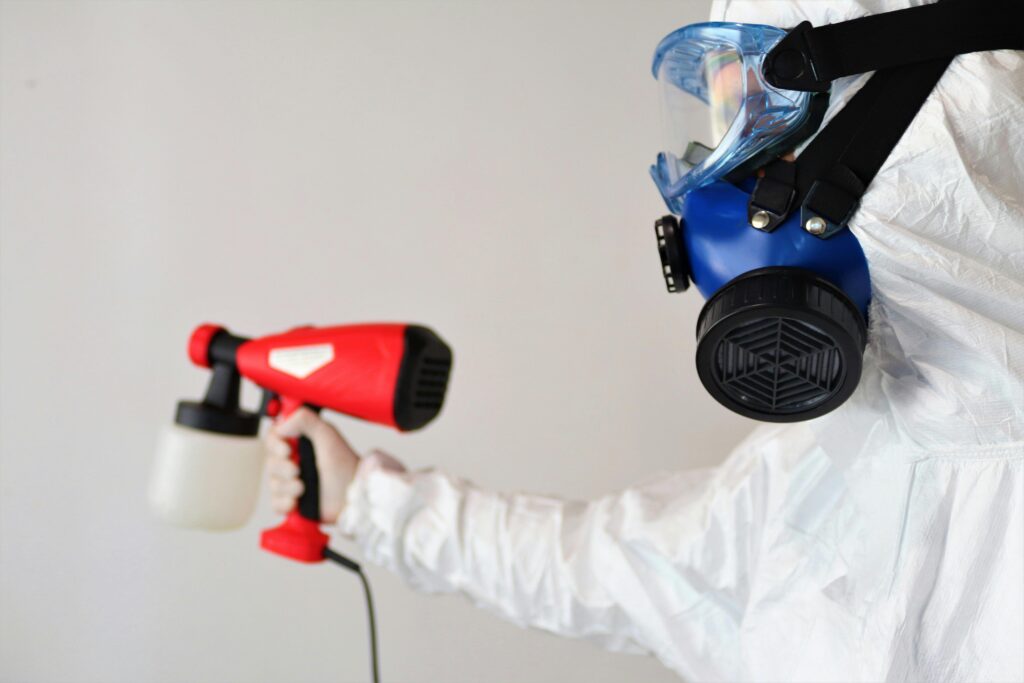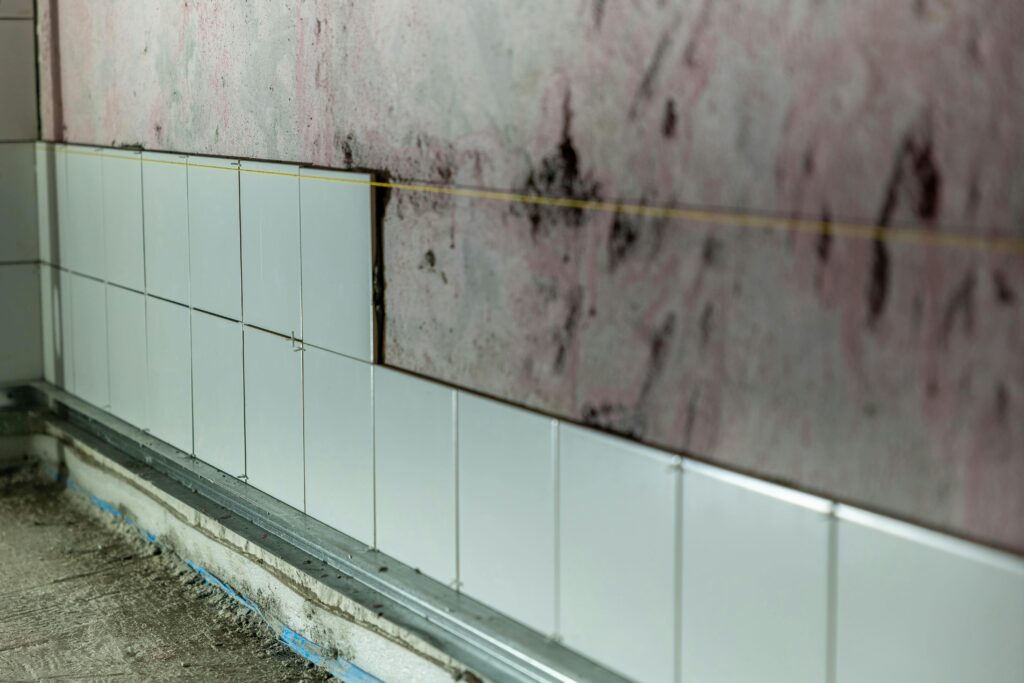Ever returned home after a mold outbreak only to realize temporary relocation costs are eating your budget alive? Yeah, that’s the nightmare more people are living than you’d think.
In this post, we’ll dive deep into how mold insurance can protect you from outrageous temporary relocation costs. You’ll learn what mold insurance actually covers, how to prepare for unexpected costs, actionable steps to make claims smoother, and tips to avoid common pitfalls. Let’s get into it!
Table of Contents
- Key Takeaways
- Why Temporary Relocation Costs Are a Big Deal
- Step-by-Step Guide to Understanding Mold Insurance
- Tips to Maximize Your Mold Insurance Benefits
- Real-Life Example: How Mold Insurance Saved One Family
- FAQs About Mold Insurance and Relocation Costs
Key Takeaways
- Temporary relocation costs during mold remediation can range from $100 to $300 per day depending on location.
- Mold insurance may cover not just remediation but also lodging, meals, and other related expenses.
- Not all homeowners’ policies include mold damage—check yours before disaster strikes.
- Avoid DIY mold cleanup unless you’re a pro; improper handling leads to higher remediation bills.
- Keep detailed records of all expenses for a smoother claims process.
Why Temporary Relocation Costs Are a Big Deal
Let me tell you a story—I once had a client whose basement flooded due to a busted pipe. At first glance, it seemed like an easy fix. Fast forward two weeks, and they were still living in a hotel while their house underwent extensive mold remediation. The kicker? Their insurance didn’t cover temporary relocation costs because they thought “it wasn’t necessary.” Total bill out-of-pocket? Over $4,000.
Sounds brutal, right? That’s why understanding temporary relocation costs is so critical when dealing with mold issues at home. Imagine suddenly being forced to live elsewhere while professionals clean up toxic spores. Where do you stay? How do you afford meals? What about work or school routines?
Here’s some sensory oversharing: Picture yourself frantically Googling “hotels near me” while juggling suitcases, pets, kids, and takeout containers piling up in your room. It feels chaotic, doesn’t it?

“Optimist You”:
“Oh, but mold cleanup won’t happen to me!”
“Grumpy You”:
“Yeah, okay, Pollyanna, until it does—and then you’re stuck footing the bill.”
Step-by-Step Guide to Understanding Mold Insurance
If you want peace of mind, securing mold insurance is step numero uno. But let’s break down what that actually means:
Step 1: Check Your Current Policy
Call your agent ASAP and ask if mold remediation—and specifically relocation expenses—are covered under your homeowner’s policy. Spoiler alert: Many aren’t unless explicitly added.
Step 2: Compare Coverage Options
Look into standalone mold insurance policies versus add-ons. Consider things like:
- Daily allowances for housing/lodging.
- Meal stipends.
- Pet boarding costs (yes, Fido needs shelter too).
Step 3: Document Everything
Taking photos and keeping receipts isn’t optional—it’s mandatory. This documentation will save your sanity later when filing claims.
Tips to Maximize Your Mold Insurance Benefits
Okay, time for the good stuff—the pro tips. Here are my top three strategies to squeeze every dime out of your mold insurance:
- Know Your Limits: Don’t assume unlimited funds. Many policies cap daily allowances at around $200–$300 per day.
- Find Budget-Friendly Housing Quickly: Sites like Airbnb might seem tempting, but extended stays often inflate prices. Negotiate upfront rates at local hotels instead.
- Rent Locally When Possible: If relocating within commuting distance, opt for cheaper options rather than luxury accommodations.
Real-Life Example: How Mold Insurance Saved One Family
Meet Sarah. She’d lived in her suburban dream house for five years when disaster struck—a plumbing issue led to black mold growth behind walls. Luckily, she had updated her policy months earlier to include mold insurance.
Result? Her insurance covered:
- $2,500/month in temporary housing.
- All meals at restaurants nearby.
- Pets boarded safely at a vet clinic.
Without this foresight, Sarah would have racked up thousands in additional expenses. Phew.

FAQs About Mold Insurance and Relocation Costs
Q1: Does Mold Insurance Always Cover Relocation Costs?
Short answer: No. Longer answer: Only if it’s specifically mentioned in your policy. Always confirm details beforehand.
Q2: Are Airbnbs Acceptable Accommodations?
Usually yes—but not always. Confirm with your insurer ahead of booking since some require proof of nightly rates.
Q3: Can I File a Claim Retroactively?
Uh…nope. Start filing immediately upon discovering mold damage. Retroactive claims rarely fly.
Conclusion
At the end of the day, preparing for temporary relocation costs tied to mold issues boils down to smart planning and solid coverage. By taking the steps outlined here—like reviewing your policy, shopping savvy, and documenting everything—you can protect yourself financially during these stressful times.
Like Pokémon cards, mold insurance works best when you already have them before trouble hits.
Have any horror stories or success tales? Share below! And remember:
“Stay protected,
Stay dry—
Your wallet will thank you.”


